The One and Only Sparkella
Extraits
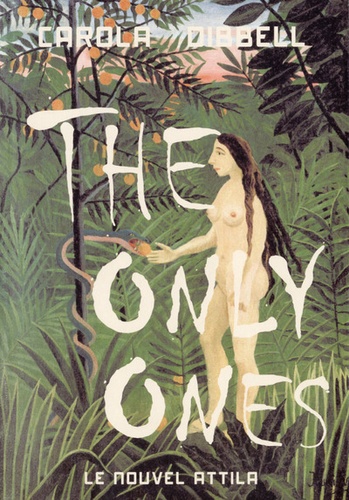
Science-fiction
The Only Ones
08/2017
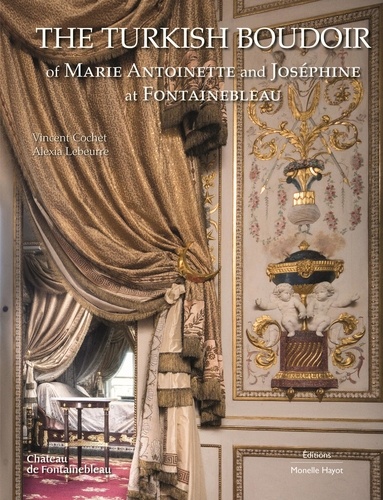
Architecture
The Turkish Boudoir of Marie Antoinette and Joséphine at Fontainebleau
03/2023
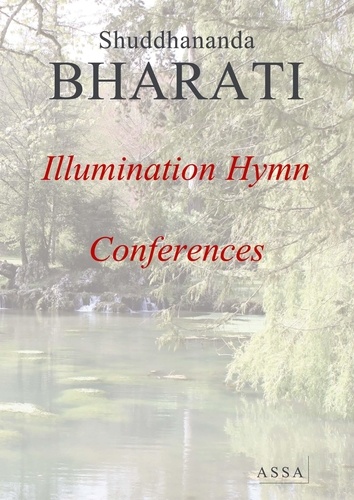
Littérature française
Illumination Hymn and Conferences
06/2014
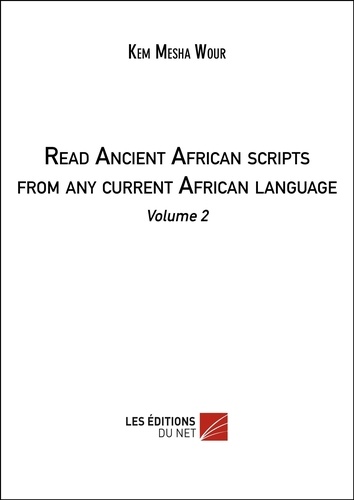
Non classé
Read Ancient African scripts from any current African language. Volume 2
05/2020
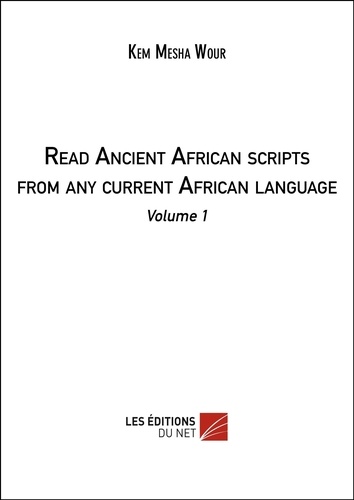
Non classé
Read Ancient African scripts from any current African language. Volume 1
05/2020
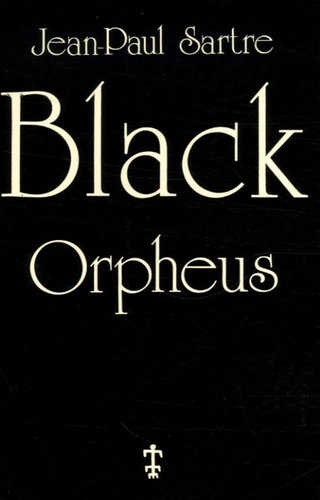
Littérature française
Black Orpheus. Edition en langue anglaise
02/1963
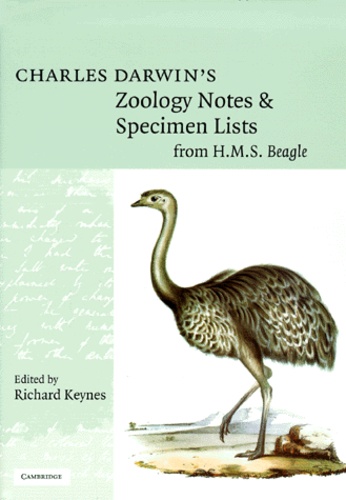
Histoire et Philosophiesophie
Charles Darwin's Zoology Notes & Specimen Lists from H.M.S. Beagle
01/2000
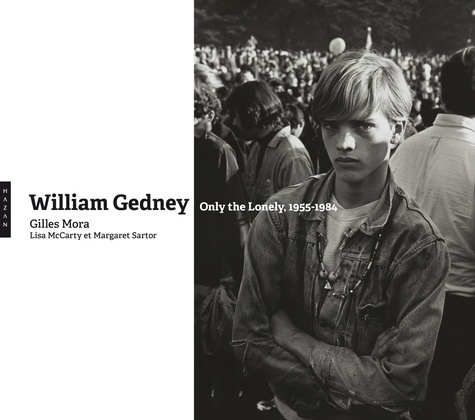
Photographie
William Gedney. Only the Lonely, 1955-1984
06/2017

Littérature française
Tales on exile
06/2018
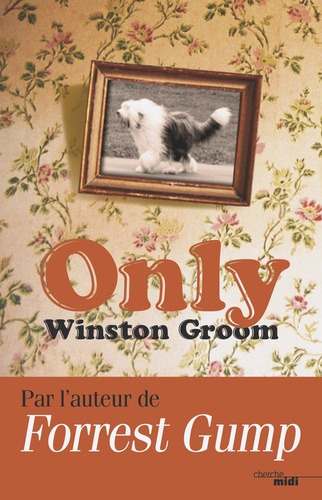
Littérature étrangère
Only
10/2016
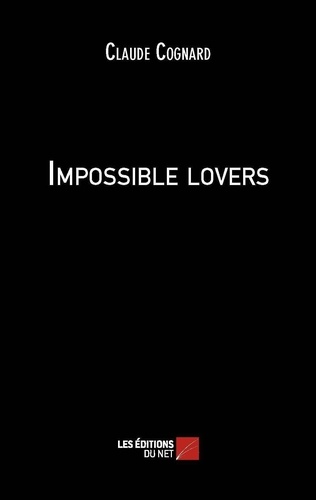
Théâtre
Impossible lovers
02/2013
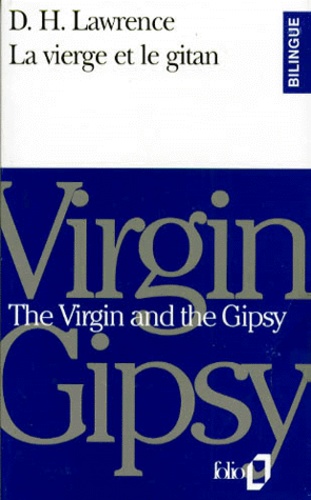
Anglais apprentissage
LA VIERGE ET LE GITAN : THE VIRGIN AND THE GIPSY
02/1993
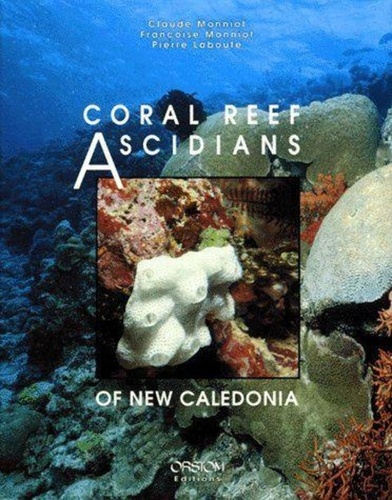
Sciences de la terre et de la
Coral reef ascidians of New Caledonia
08/1991
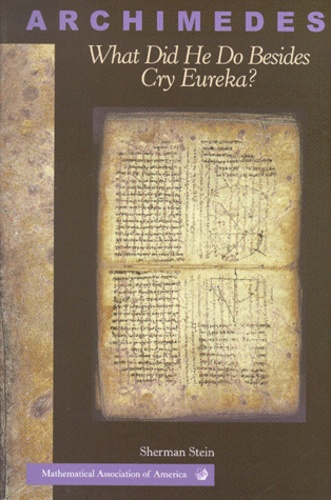
Histoire et Philosophiesophie
ARCHIMEDES. What Did He Do Besides Cry Eureka?
01/1999
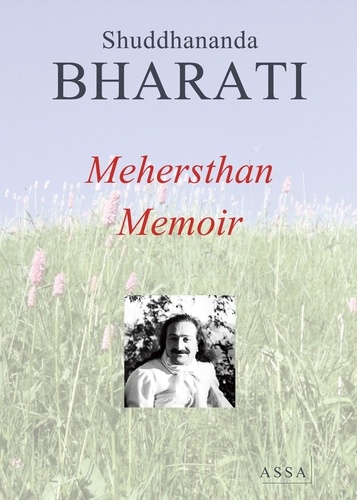
Littérature française
Mehersthan Memoir (Meher Baba)
07/2017

Histoire et Philosophiesophie
The Undergrowth of Science. Delusion, self-deception and human frailty
01/2000
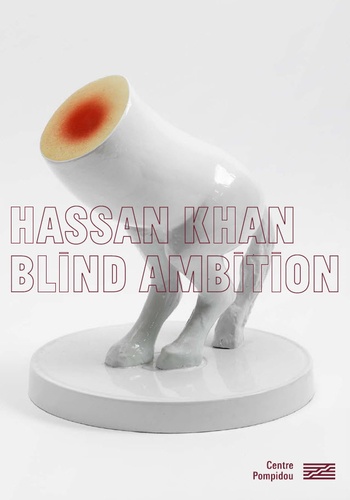
Art contemporain
Hassan Khan. Catalogue de l'exposition, Edition bilingue français-anglais
03/2022
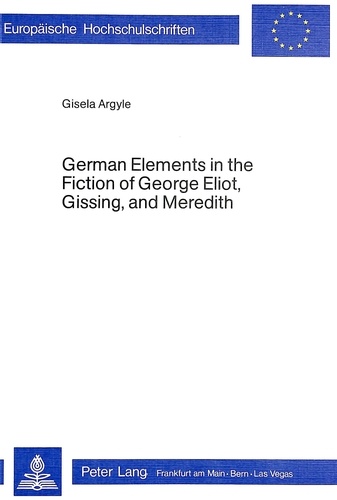
Non classé
German Elements in the Fiction of George Eliot, Gissing, and Meredith
12/1980
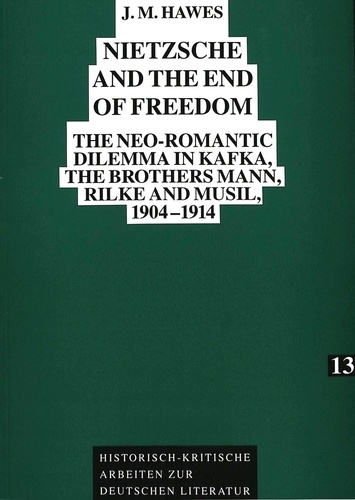
Non classé
Nietzsche and the End of Freedom
07/1993
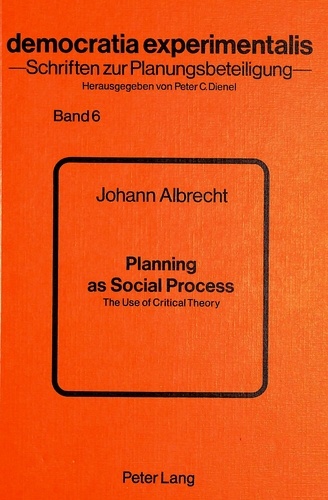
Non classé
Planning as Social Process
12/1985
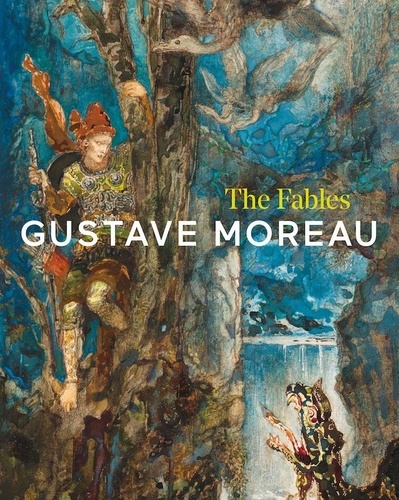
Monographies
Gustave Moreau. The Fables
08/2021
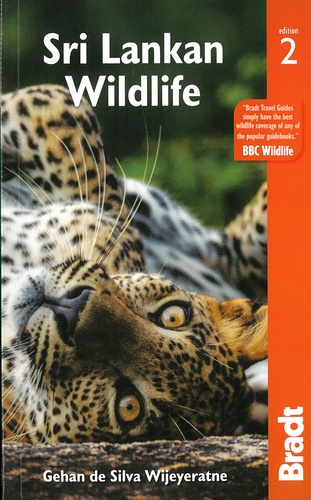
Guides pratiques
Sri lanka wildlife
05/2022
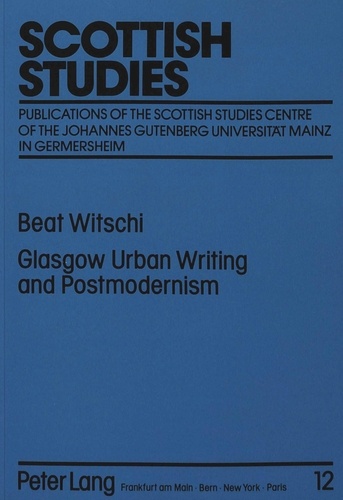
Religion
Glasgow Urban Writing and Postmodernism
04/1991

Critique littéraire
Ancient Greek by Its Translators
02/2022
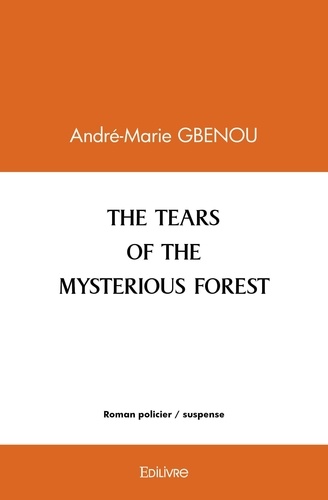
Romans policiers
The tears of the mysterious forest
12/2021
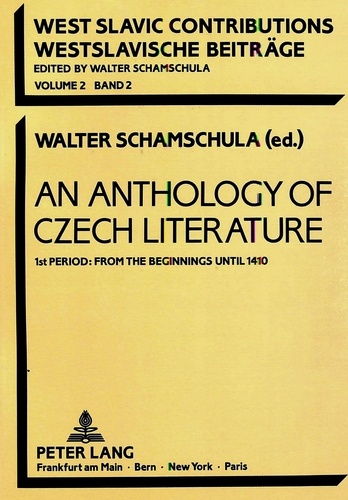
Non classé
An Anthology of Czech Literature
08/1991
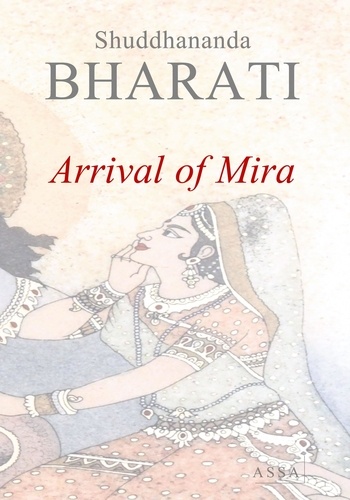
Théâtre
Arrival of Mira, Love story between Bhojan and Mira
03/2013
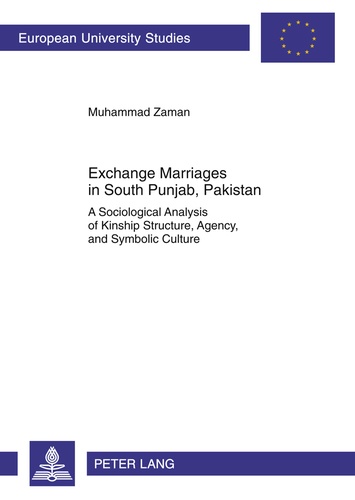
Non classé
Exchange Marriages in South Punjab, Pakistan
11/2011
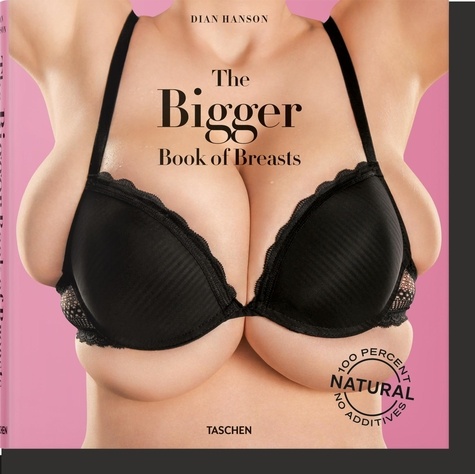
Thèmes photo
The Big Book of Breasts. Volume 2, Edition français-anglais-allemand
10/2023
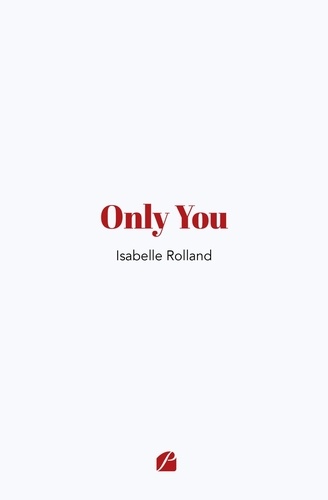
Poésie
Only You
07/2021
